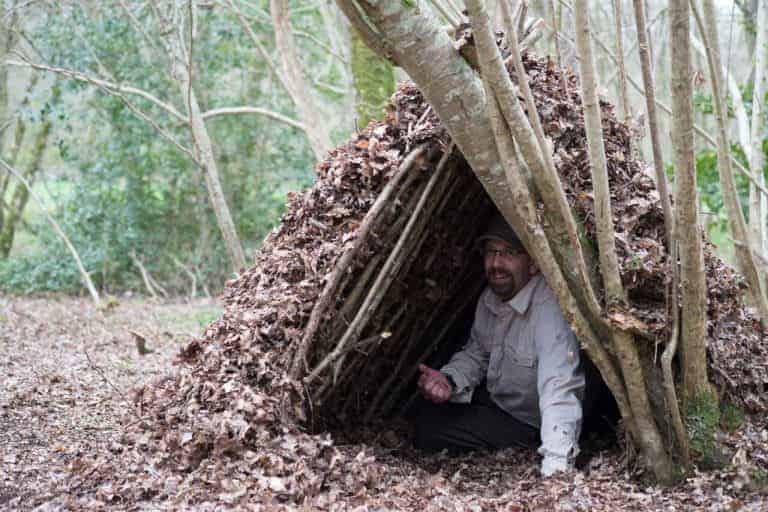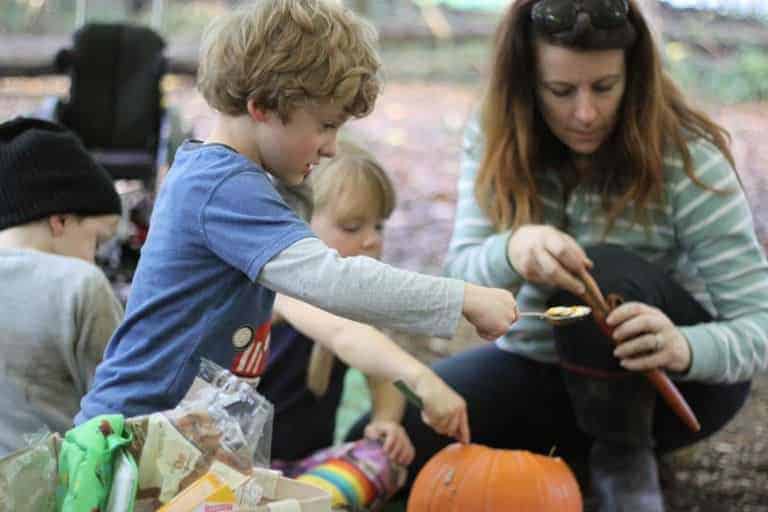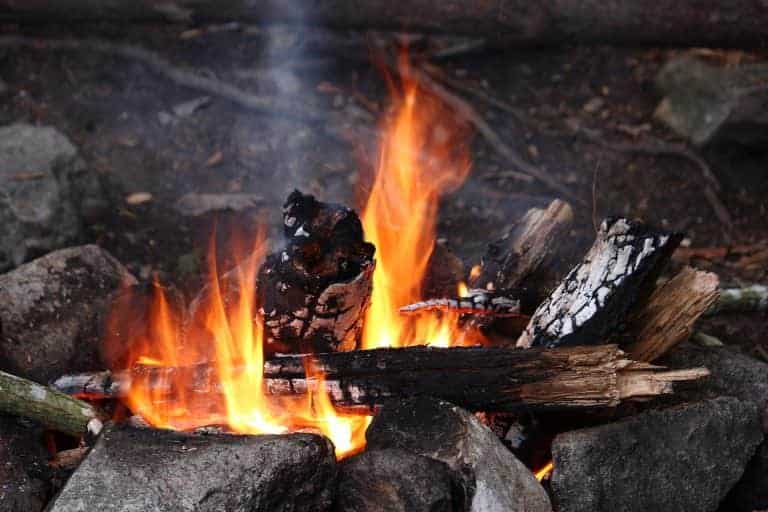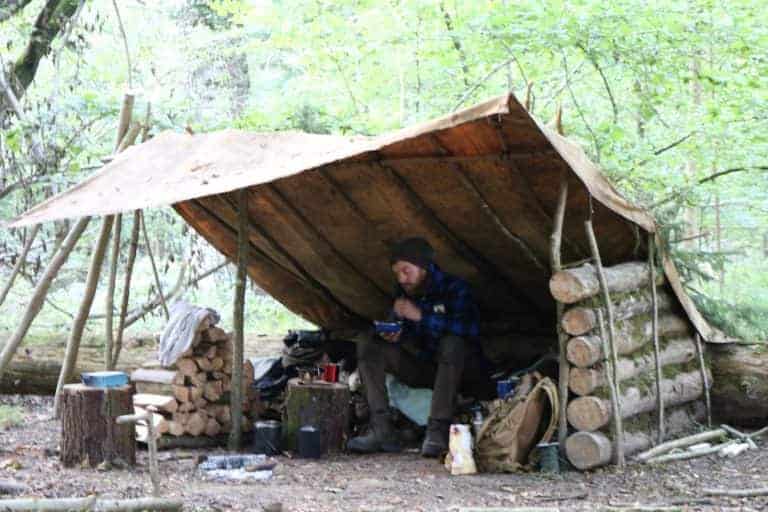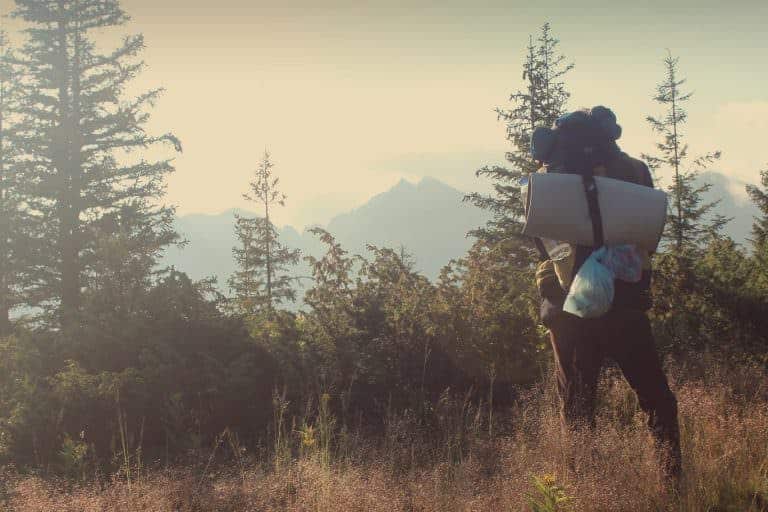Making the Most of Your Stove in Winter
After a hard day walking in winter conditions, there is nothing better than a hot brew. That’s why, in this blog, we will be looking at how to make the most of your stove in winter conditions. When we’re looking at winter conditions we are looking at those in places of the UK such as the Brecon Beacons, Dartmoor, and the South West in general. We will not be considering winter conditions in mountainous regions or Scotland where winter conditions can be equivalent to the Arctic. Read on to learn more about maximising your stove use in winter.
- Key considerations
- Solid fuel stoves
- Unpressurised liquid stoves
- Gas stoves
- Pressurized liquid/multi-fuel stoves
- Fires
- Kit
- Further Reading
Key considerations
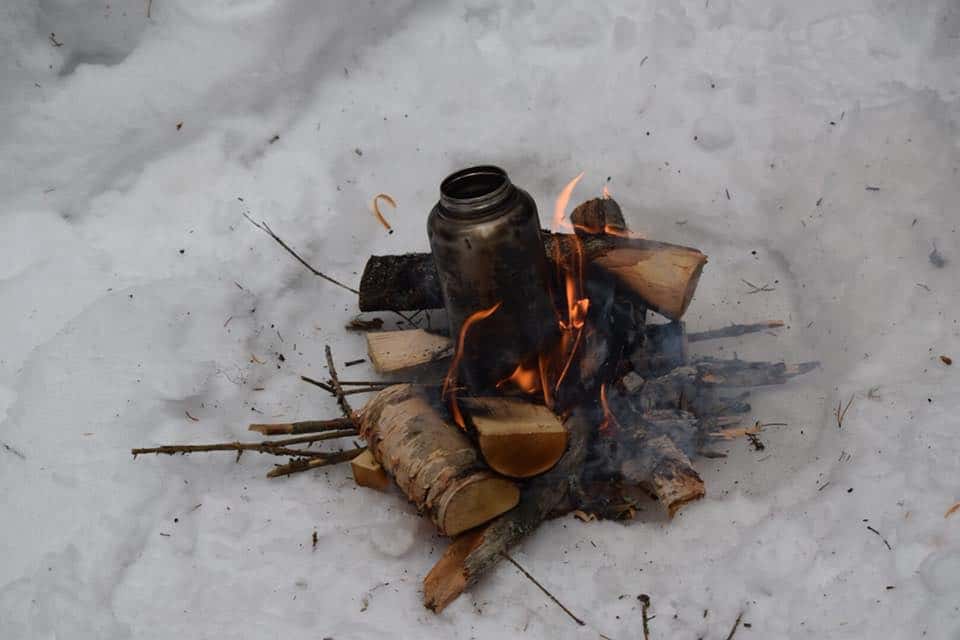
This blog is simply an overview of the different types of stoves and their effectiveness in winter. It does not compare stove types nor the enormous number of variations which can impact on the stove’s effectiveness. These variations include things such as, the altitude that the stove is being used at, the type of windshield being used, the temperature of the fuel beforehand, the wind speed/direction and of course the experience of the person using it.
Solid fuel stoves
Solid fuel stoves use either fuel blocks, such as ‘hex’ blocks or alcohol gels. One of the main drawbacks with these types of stoves is that the fuel is not readily available in your local camping store, nor can you control the heat output of the stove. The fuel is unlikely to be affected by winter temperatures but is obviously prey to the conditions that affect all stoves in winter.
TREAT SOMEONE TO A WILDWAY BUSHCRAFT VOUCHER.
Unpressurised liquid stoves
Unpressurised liquid stoves, such as the Trangia, typically run on a methanol, parrafin, or kerosene fuels. Typically these have a lower burning temperature than gas or multi-fuel stoves and, once again, the temperature can be hard to regulate. They can be impacted badly by cold weather although there are several things that you can do to improve their performance in winter. These include, insulating the stove from the ground, using more fuel to heat the stove first, keeping the fuel insulated and warm while carrying it and while at camp.
Gas Stoves
Gas stoves light instantly, without the need for priming, and are largely maintenance free. The fuel for gas stoves is generally widely available and can typically be found in local hardware stores as well as camping shops. Their performance in winter is more to do with the fuel that is being used than the stove itself.
Butane/Propane
Pure butane is a poor fuel for use in stoves in winter as it stops vapourising (e.g. the gas will remain liquid) at around – 1 degrees celcius. Propane, on the other hand, can be used at temperatures down to – 42 degrees Celcius, making it an ideal choice. However, it is extremely difficult to manufacture pure propane canisters that are suitable for camping. This leaves us with a butane/propane mix, typically canisters of this type will use a 70/30 butane/propane mix. Even using this mix, however, effectiveness can be reduced in cold weather as the stove empties.
Pressurised liquid/multi-fuel stoves
Stoves of this type, such as the MSR Whisperlite, are excellent performers in all but the most extreme conditions. These stoves can be used with both gas canisters and a liquid fuel known as ‘white gas’, a pure form of gasoline. These stoves, however, can be difficult to use for novices as they typically require priming and can be prone to flare-ups, making them less than ideal for using inside one’s tent.
Fires
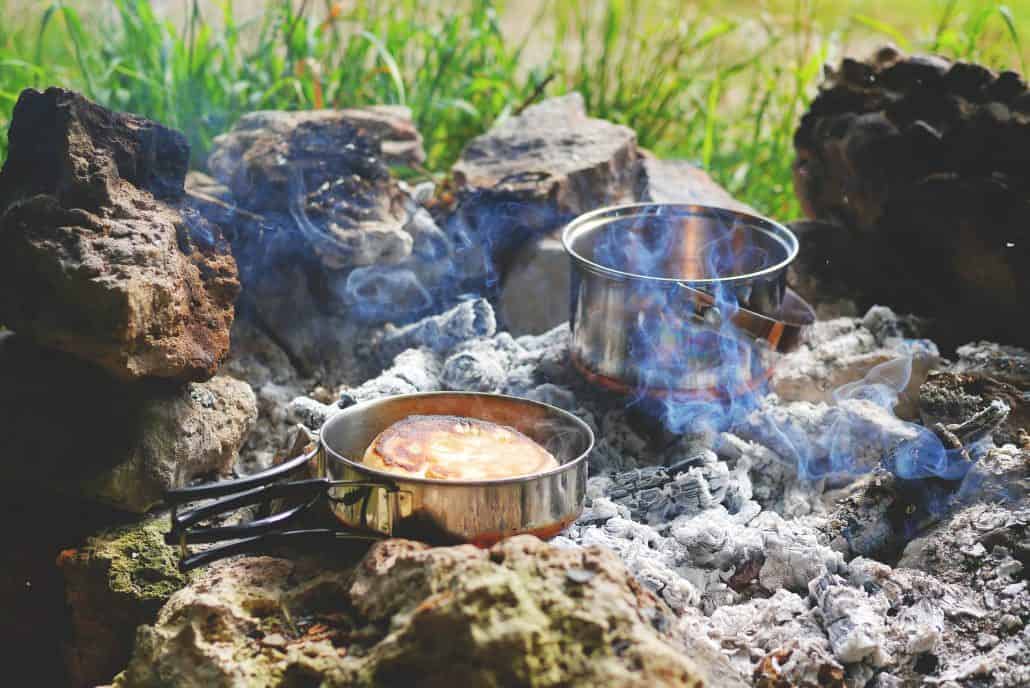
Provided that you are able to light a fire in winter (have a look at our blogshere and here) then they can be a great source of heat, light and can be easy to cook on. However, you do need to be mindful of the environment in which you are having a fire. Provided that you are not in a genuine survival situation where anything goes then you need to consider if you have permission, the environmental impact of having a fire and, of course, how you can have a fire without leaving any trace.
Kit
Below we have listed a few pieces of kit that are essential for going out into the woods during winter or at any time of the year.
- Fallkniven DC4
This diamond/ceramic whetstone is perfect for use in the field.
https://www.fallkniven.com/en/knife/dc4/ - Knives
Wildway Bushcraft use Bear Blades.
“Constructed from superb quality D2 steel this knife is ideal for bushcraft and wood crafting. Our most popular knife due to its versatility and functionality, suited to tough daily use in the woods.”
http://bearblades.co.uk/ - Gransfors Bruk Small Forest Axe
Wildway Bushcraft use a small forest axe from Gransfors Bruk. You can find out more information about Gransfors Bruk via the link below. https://www.gransforsbruk.com/en/product/gransfors-small-forest-axe/ - DD 3×3 TarpThe DD 3×3 Tarp is a classic of the camping world. You can read our review of it here.
The tarp can be found online via DD Hammocks at the link below.
https://www.ddhammocks.com/ - Swedish Fire Steel
This Swedish Fire Steel from Light My Fire is a great way of causing sparks and igniting your tinder. More reliable than either matches or a lighter you shouldn’t be in the woods without one.
http://www.lightmyfire.com/products/products/swedish-firesteel-20.aspx

